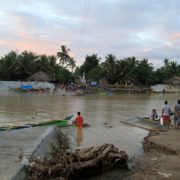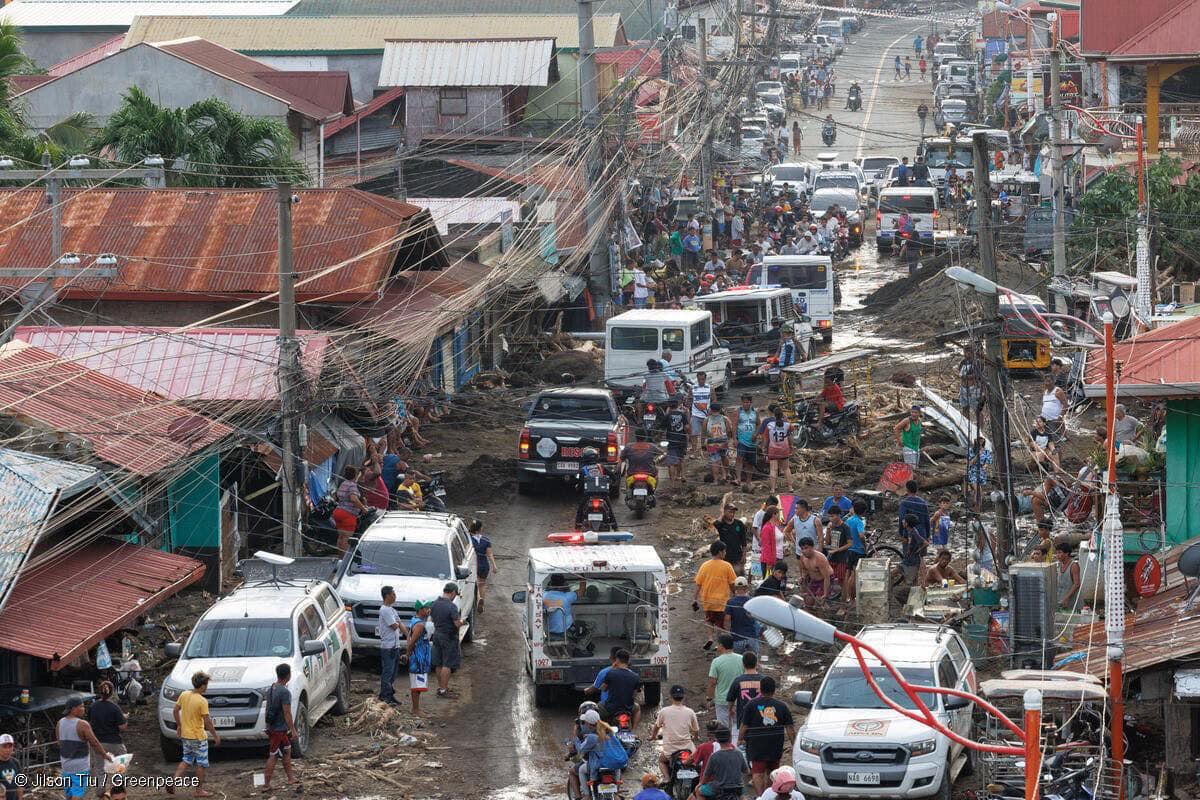
The Department of Social Welfare and Development (DSWD) said Friday, January 4 that P12.5 million has been provided to families in the Bicol region that were affected by Tropical Depression Usman.
Usman made landfall in Eastern Samar last Friday, December 28, 2018, bringing heavy rains across the eastern Visayas and southern Luzon regions, and triggering landslides and flooding to the areas before leaving on Sunday.
According to DSWD, which leads the humanitarian response in the country, a total of P 12,529,403.50 has been provided by the Field Office for assistance
The department added that as of Friday noon, some 12,828 families, or 56,417 individuals were still staying in 112 evacuation centers set up across the Bicol region.
Also continuing to receive assistance were the 22,202 families, or 105,820 individuals, who were reported to be staying with relatives and friends.
Roughly 175 families, or 700 individuals, in the also affected Eastern Visayas region, were reported to be staying in four evacuation centers.
The death toll from the resulting landslides and floods reached over 100 people as emergency teams work to recover more bodies, according to the National Disaster Risk Reduction and Management Council (NDRRMC).
As of Thursday, January 3, a total of 122 deaths were reported, with 28 people from the affected areas still missing, and roughly 60 people reported injured.
In the hardest hit Bicol region, a total of 105 deaths were reported as of Thursday morning — 18 in Albay, 15 in Camarines Norte, 57 in Camarines Sur, seven in Masbate, and eight in Sorsogon.
In hoping the death toll would not go over 100, Ricardo Jalad, NDRRMC executive officer, said on Wednesday that most of the casualties, including that of young children, were a result of homes collapsing in the landslides.
As for agricultural loss, the Department of Agriculture (DA) and the United Nations Food and Agriculture Organization (FAO) said estimates have reached over P816 million and continue to rise.
Result of climate change, say officials
The Philippines receives about 20 tropical cyclones a year which weigh down much of its communities and infrastructure, and prove to be a challenge for local officials.
Bicol’s Office of Civil Defense (OCD) Regional Claudio Yucot cited climate change as being the reason for the region’s current situation.
“Zero-casualty is our constant goal, but there are situations beyond our control — the unusually heavy rains caused by climate change,” said Yucot, according to the Philippines’ official news agency.
Yucot said that while disaster protocols — such as warning, evacuation, and relief — were being followed, there were others that were inevitably missed.
“We have disaster protocol when it comes to typhoons, storms; but there are none for LPA and TECF,” said Yucot, referring to acronyms for “low-pressure areas” and “tail end of the cold front.”
Also citing the heavy rains, Cedric Daep, the head of the Albay Public Safety and Emergency Office, said that some of the areas hit were not considered by the Mines and Geosciences Bureau to be landslide-prone. n






